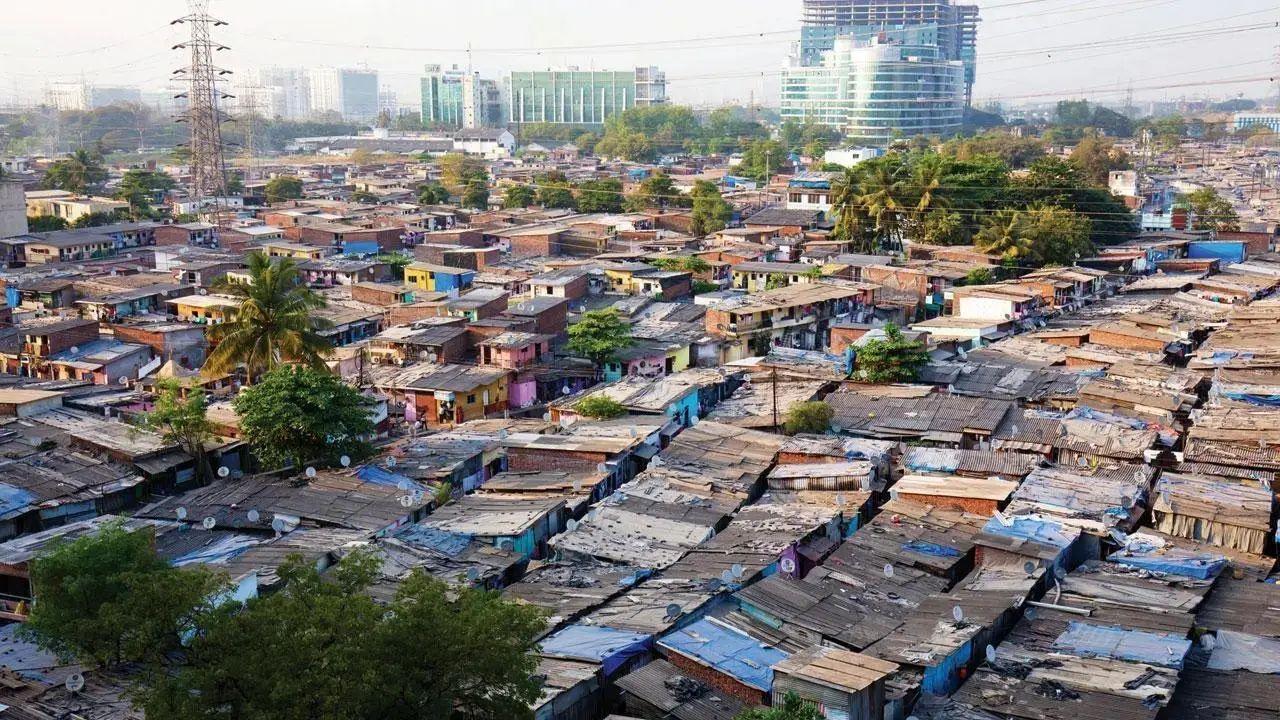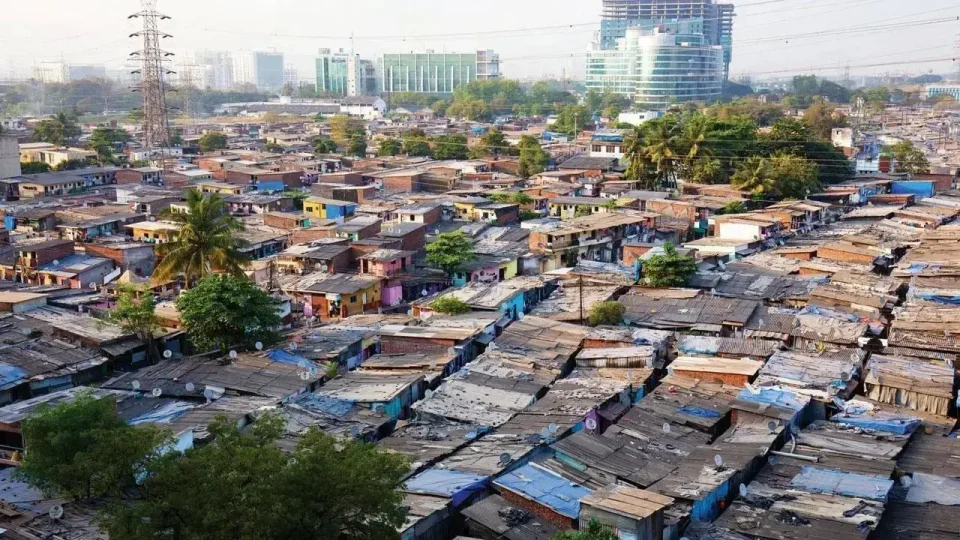
Chief Minister Rekha Gupta stated on Friday that the Delhi government is looking into examining Mumbai’s Dharavi model as a blueprint for slum redevelopment in the capital.
Gupta also alleged that certain groups were spreading misinformation about the demolition of slum clusters in Delhi.
“If you construct a house near a railway line, the chief minister will not save you. I urge people to think about safety and security. If a railway accident happens or someone dies on the railway track, who will be responsible,” Gupta questioned, reported news agency PTI.
Gupta asserted that demolishing houses was not her government`s aim. “But it should not happen that we keep on giving homes and people do not vacate slums,” she added, reported PTI.
The chief minister said her government is likely to study Mumbai`s Dharavi model for the redevelopment of 675 slum clusters in the national capital.
The redevelopment of Dharavi, a vast slum sprawl in the heart of Mumbai, will be carried out through a special purpose vehicle set up through a joint venture between the Adani Group and the Maharashtra government.
When asked about the Anti-Corruption Branch summons to former Delhi minister Manish Sisodia in the classroom construction case, she said, “Everyone will have to face the music. Arvind Kejriwal will also have to return from Punjab. We do not want fugitive leaders,” reported PTI.
Sisodia appeared before the ACB for questioning on Friday.
Earlier in June, the CEO of the Dharavi Redevelopment Project (DRP), SVR Srinivas, said that the project is core to Mumbai’s redevelopment, highlighting housing and livelihoods.
Srinivas explained that the project not only focuses on laying the foundation for building infrastructure but also on building a resilient ecology.
The DRP is one of the significant urban renewal initiatives to support the overall development of Mumbai. This project aims to develop the Dharavi area, Asia’s largest slum, into a well-planned township.
Srinivas also highlighted the unwavering commitment of the government to transform one of Asia`s largest settlements into a sustainable urban space. He also added that the DRP is more inclined towards preserving livelihoods than providing shelter.
(With inputs from Agencies)

